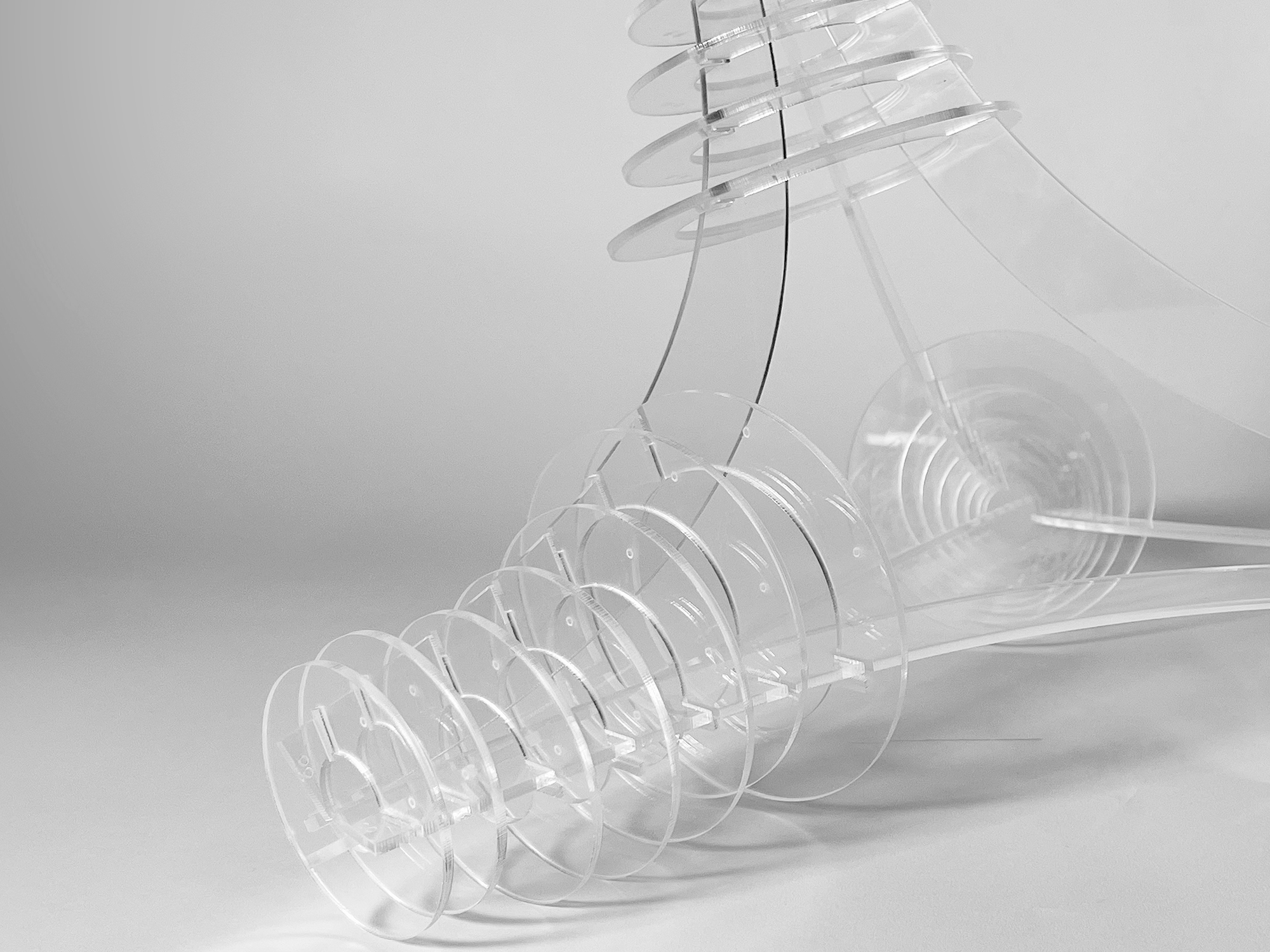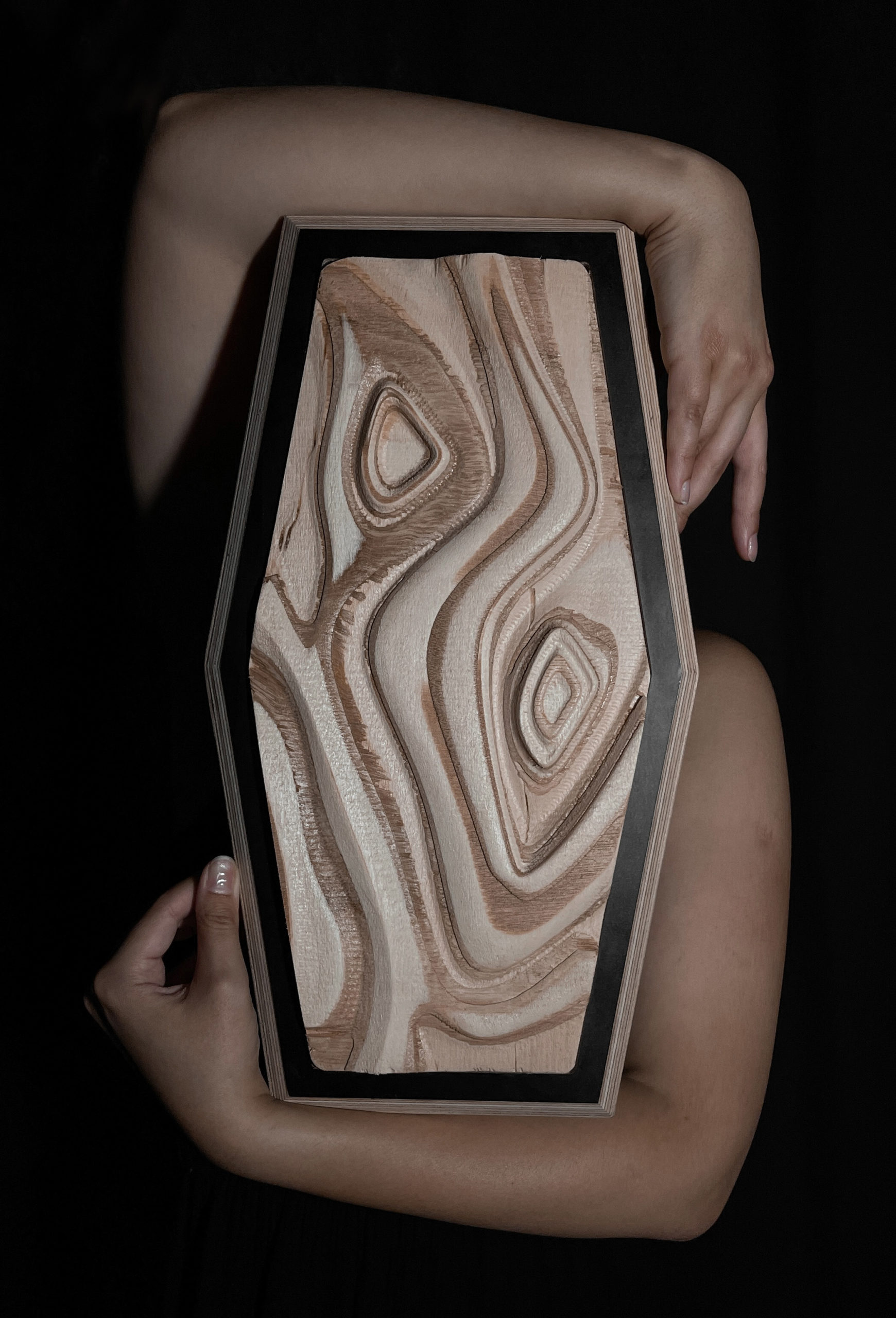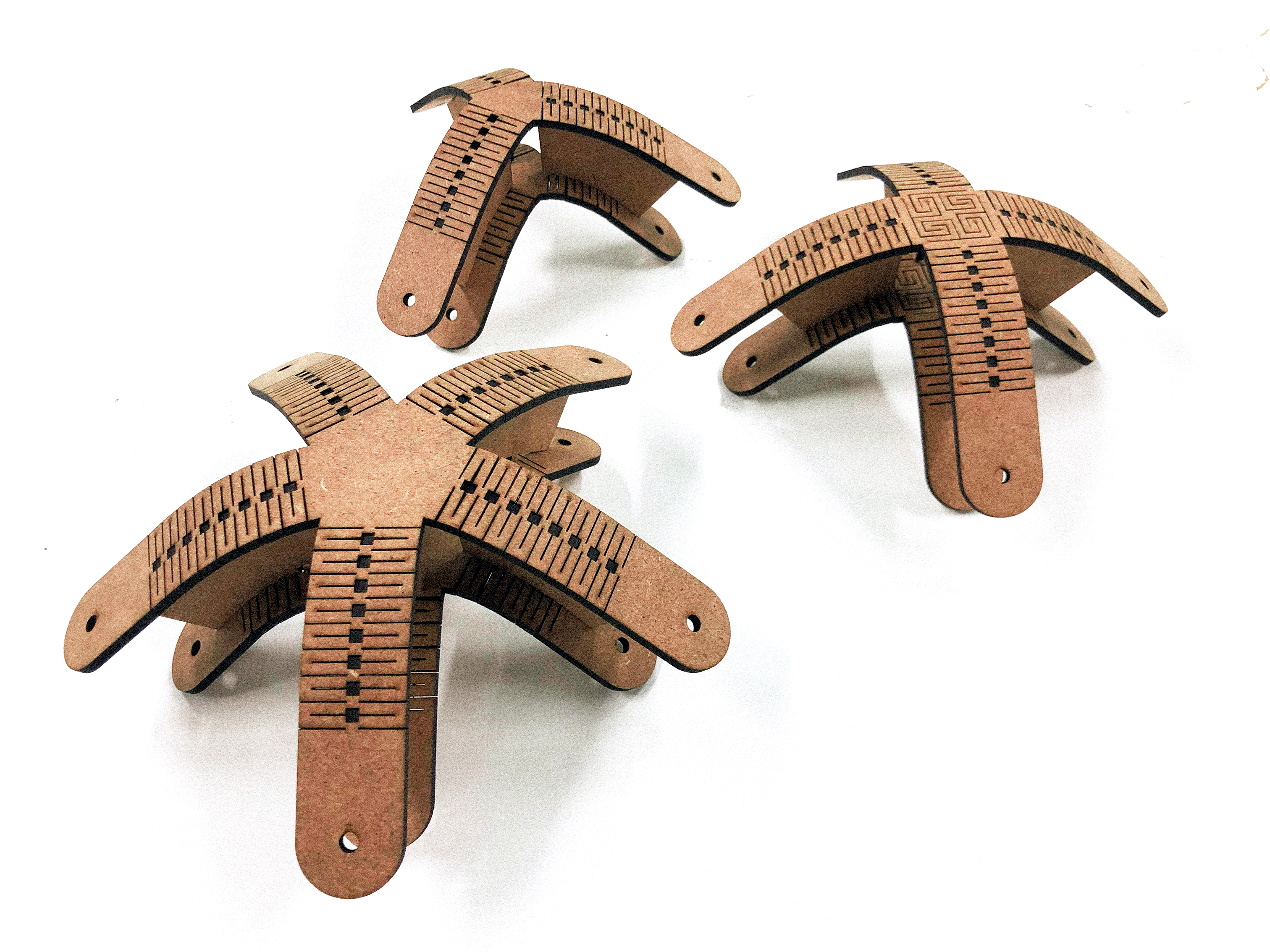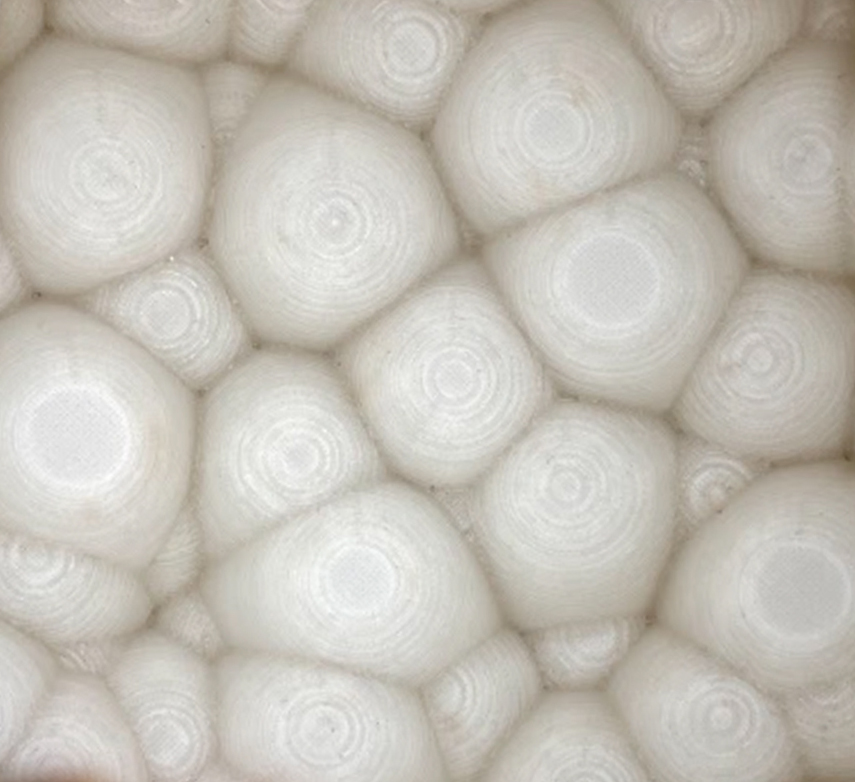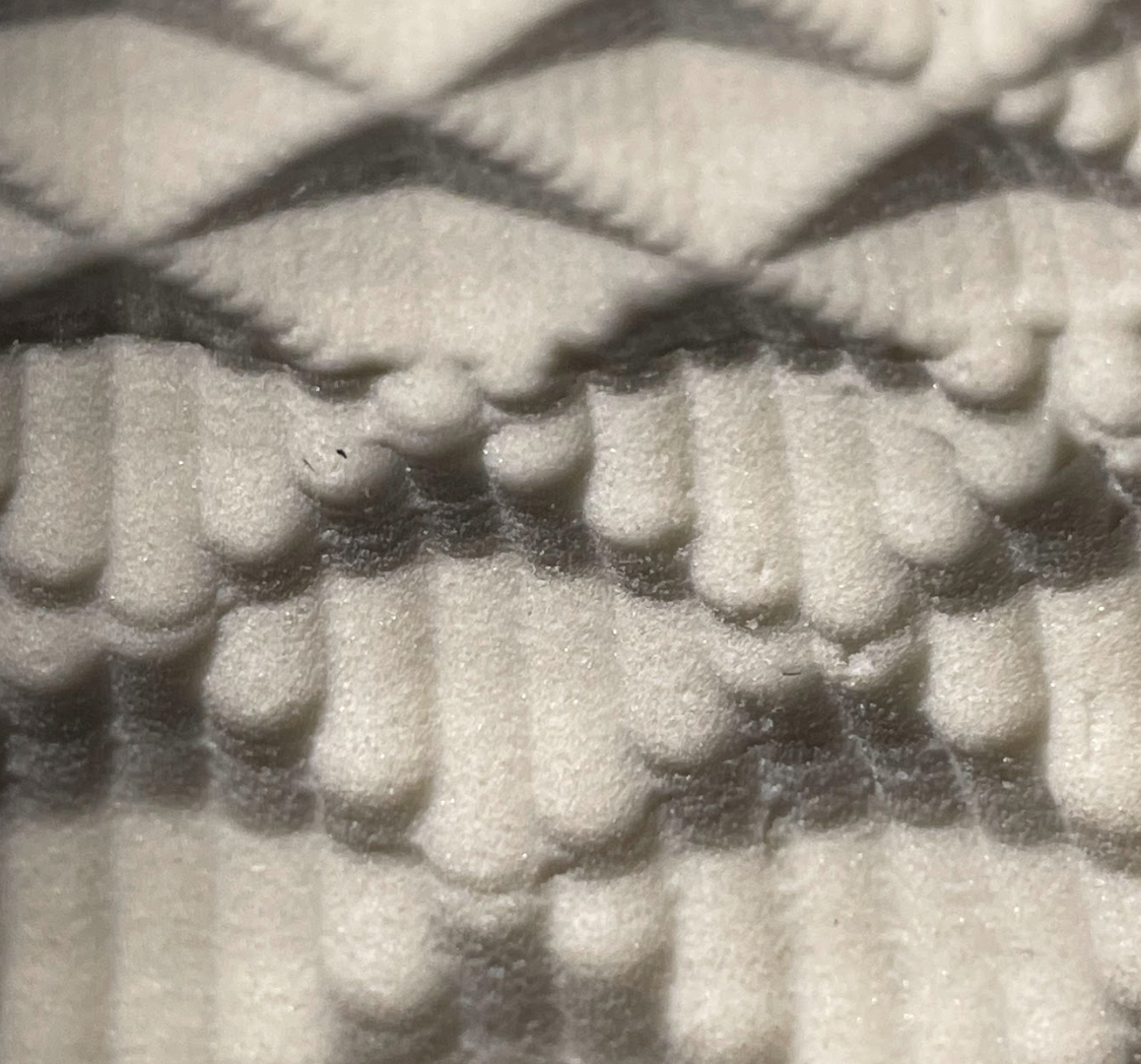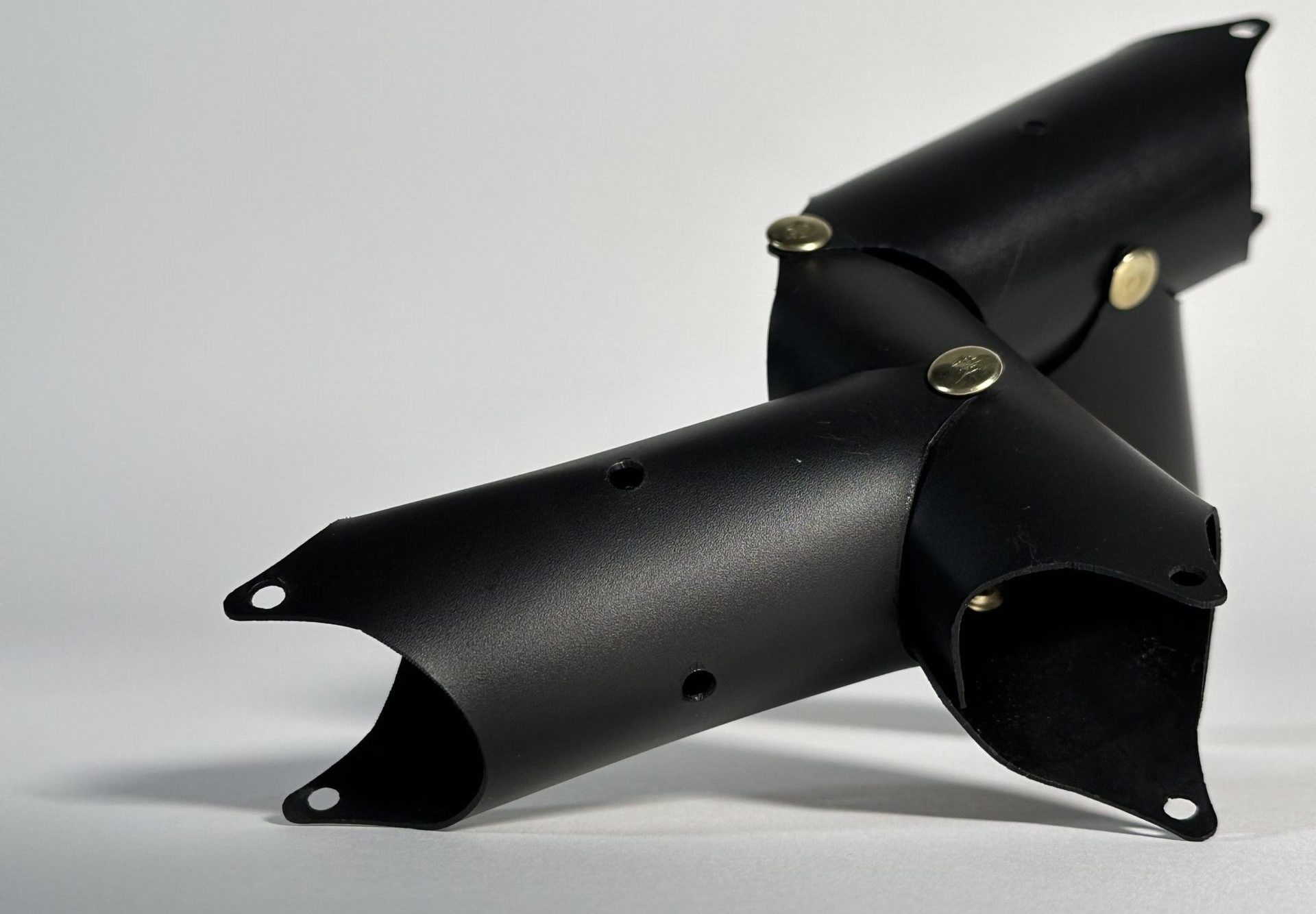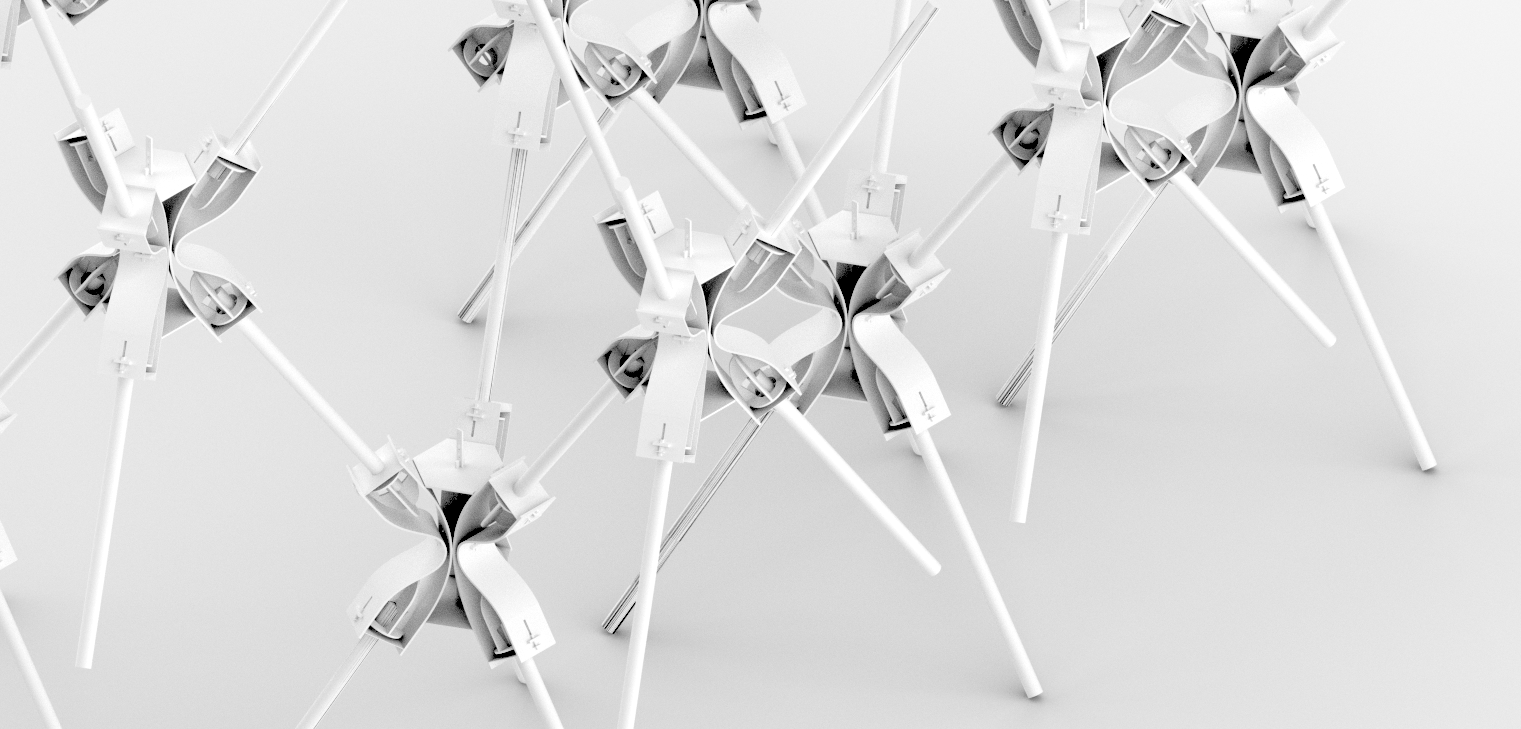Paradigm Shift
As an introduction to digital fabrication, a 3-weeks course was planned on new production techniques through the relation between computer data and machine-oriented fabrication. The aim of the course was to explore the design opportunities arising from three common digital fabrication processes: Laser Cutting, CNC milling and 3D Printing. We had to explore each technology … Read more


